ILLUSTRATION
An illustration is a decoration, interpretation or visual explanation of a text, concept or process, designed for integration in print and digital published media, such as posters, flyers, magazines, books, teaching materials, animations, video games and films. An illustration is typically created by an illustrator.
1.1 Article OVERVIEW:
1. What Is an Illustration?
2. Illustrations' Evolution
3. Illustration Styles
4. Technical Illustrations
4. What distinguishes illustration from graphic design?
1. What Is an Illustration?
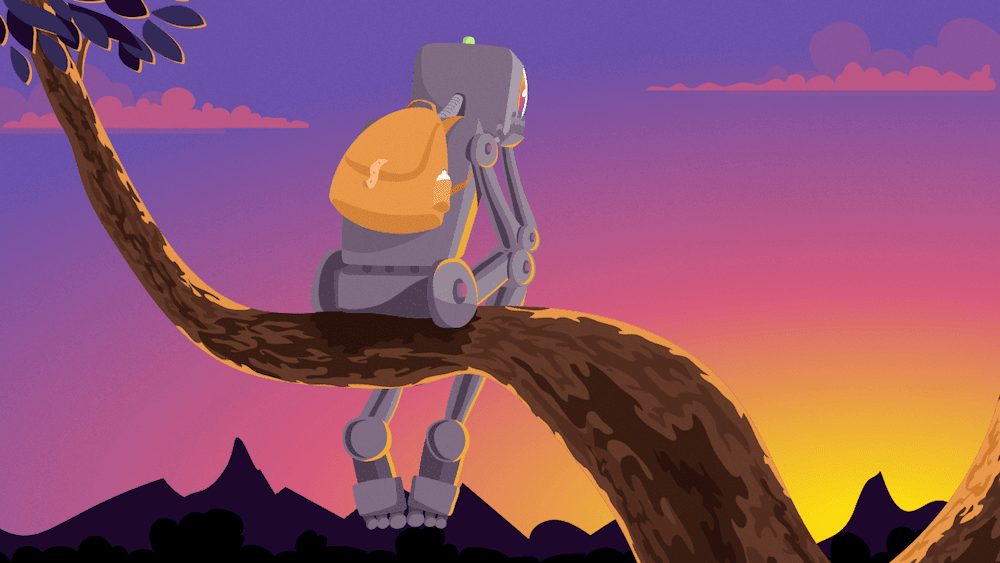 |
| how to design illustration |
An artist's visualisation is called an illustration. Each picture aims to clarify facts. It could be a collage, a drawing, or a picture. It is irrelevant. as long as its objective to portray facts and information in a visual manner is maintained.
An illustration is not the same thing as a work of art. Art paintings do not relate to any knowledge, whereas illustrations are used to graphically communicate concepts. They can be interpreted in several ways.
A story's artwork may either enhance it (as a newspaper photo does) or fully replace the need for prose (like an infographic).
2. Illustrations' Evolution
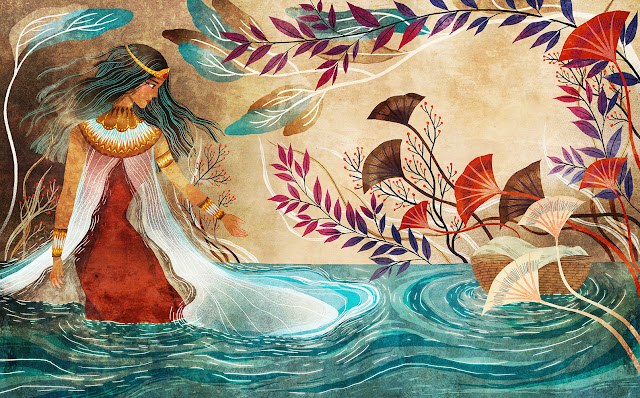 |
| Illustration evolution |
There have been illustrations for a very long time. Specifically, a very long time. The first known illustration, according to Illustration History, was created around 15,000 B.C. Illustrations from antiquity reveal a lot about how people lived in those days. The prospering ancient Greeks and Romans left behind hundreds of artefacts as a legacy. It is common all around the world, but what is probably most odd are the drawings that people have left behind, including pictures of mythology and conflicts.
The Golden Age of pictures didn't actually begin until the late 19th century, despite the fact that images have been a part of people's lives for a very long time. When the "halftone printing" printing method was invented in the middle of the 19th century, the world was irrevocably altered. Newspapers, books, product brochures, and other printed goods, even tea, may all replicate images. At the same time, developments in printing techniques like offset lithography and rotogravure contributed to the widespread accessibility of printed goods.
Despite being there since 1826, photography didn't begin to replace drawings in print media, such as newspapers and magazines, until roughly a century later. While photography is still in use today, illustrations have caught up with the changes and the majority of new drawings are now created digitally. Woodcutting, lithography, and other "vintage" illustration methods are now regarded as exclusive, and the prices of illustrations created in this manner tend to be exorbitant.
3. Illustration Styles
Illustrations are widely used today. They are useful in many facets of life. Thermopylae Science and Technology claims that
The human brain processes images 60,000 times faster than text, and 90 percent of information transmitted to the brain is visual.
Due to the fact that people's attention spans have substantially decreased over the past less than two decades (to just over 8 seconds), businesses are looking for ways to make their messages more accessible and understandable by finding ways to make them considerably shorter. In the era of the internet, illustrations are invaluable. However, let's examine the prevalent graphic forms that businesses utilise today.
3. Illustration Styles
 |
| Illustration Styles |
A work of art known as an editorial illustration can be utilised in print as well as digital media to bring a text to life. Professional illustrators collaborate with writers to create works that combine words and pictures, providing viewers with a visual assistance that functions as a short tale. Editorial drawings are used to support the primary narrative and either become meaningless or are unable to stand alone.
4. Technical Illustrations
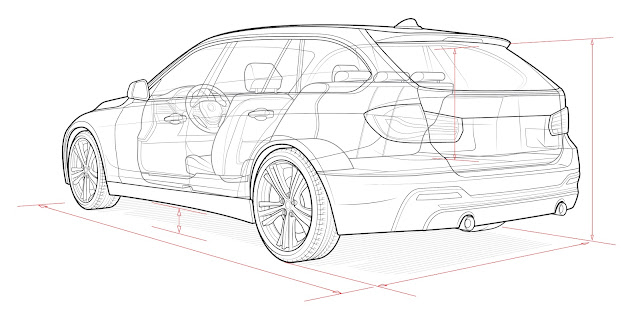 |
| Technical Illustrations |
In the discipline of technical illustration, pictures are made to clarify intricate, specialised concepts. By utilising symbols and labels, these representations often attempt to help the viewer visualise actual items or ideas. They are frequently utilised by engineers and architects for their projects. They can be created by hand or with the use of a specialised tool, typically a tablet with a digital pen or pencil and specialist software like AutoCAD.
1.2 Infographics
Infographics are a common tool for displaying data. Infographics are not only more memorable than simple text, but also more interesting. The finest infographics make difficult subjects simple while also making them appealing to the eye and easy to comprehend. Business employees may develop better marketing campaigns, landing sites, and presentations by learning how to produce aesthetically attractive infographics with useful data.
1.3 Ideational Art
.jpeg) |
| Ideational Art |
A common artistic form in the entertainment industry is concept art. Concept art resembles conventional paintings considerably more than other forms of illustrations, despite the fact that it may appear to be a digital painting (like infographics, for example). Both video games and video production frequently use it. Concept art is useful because it enables important stakeholders to see components before they are produced.
1.4 Illustrations of Fashion
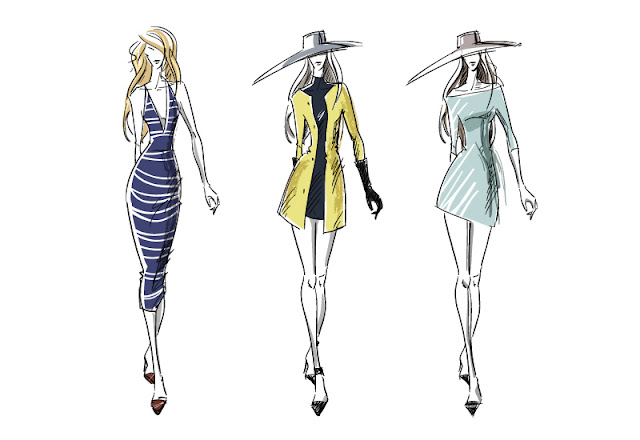 |
| fashion illustrations |
A vital component of each fashion designer's job is fashion illustration. Illustrators may quickly "brainstorm" ideas for styles in a way that is both immediately understandable and aesthetically pleasing, freeing designers to concentrate on the work at hand.
1.5 Images used in product advertisements
In the present day, advertising graphics are essential. The primary goal of advertising campaigns is to get consumers to notice the offered goods. The ideal picture combines a few lines in a fancy font, generally no more than 20% of the image's text, with an image that either adheres to the brand's colours or makes use of colour theory. The user is guided to read the text in ad images by a clear visual hierarchy.
1.6 Package Illustrations
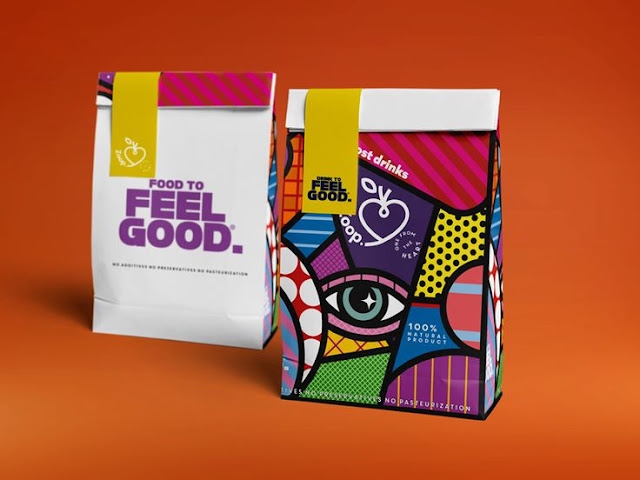 |
| Package Illustrations |
For brands, package graphics are crucial. They must achieve two objectives: attract attention and provide each product a distinctive appearance in the eyes of the buyer. Additionally, the identity of the firm should be highlighted in these illustrations. As a result, although not being identical, all product images for a same company should be highly similar to one another (enabling easy brand identification).
1.7 3D Illustrations
 |
| 3D Illustrations |
One of the most popular trends in recent years has been 3D drawings. With the use of 3D models, users and designers may more clearly envision places, which facilitates decision-making. Additionally, 3D components make objects visible to everyone that would otherwise be hidden if depicted in 2D.
1.8 Niche Illustrations
 |
| Niche Illustrations |
The usage of contemporary specialty drawings is minimal. Compared to other, more often used images nowadays, they have an artistic bent and integrate many illustration methods. watercolour paintings, wood sculptures, etc. Even if they are regarded as antique, such illustrations are expensive since they need years of preparation in addition to inherent skill.
4. What distinguishes illustration from graphic design?
Illustrations and graphic design are distinct. An artist is not always a graphic designer. To best serve their requirements or the needs of their clients, it is their responsibility to locate content, write text, establish the backdrop, include a Call-To-Action button, and work with graphics and images. With the finished result, a graphic designer is present. Illustrations are about art, and the illustrator's responsibility is to provide a meaningful work that the graphic designer can use (if permission is granted).
Conclusion
Illustrations have always been a constant in our lives. Humans have assigned a special meaning to artworks from the dawn of time. The purpose of drawings, which is to represent something that could be expressed verbally or in writing, has not changed even when the methods have.
